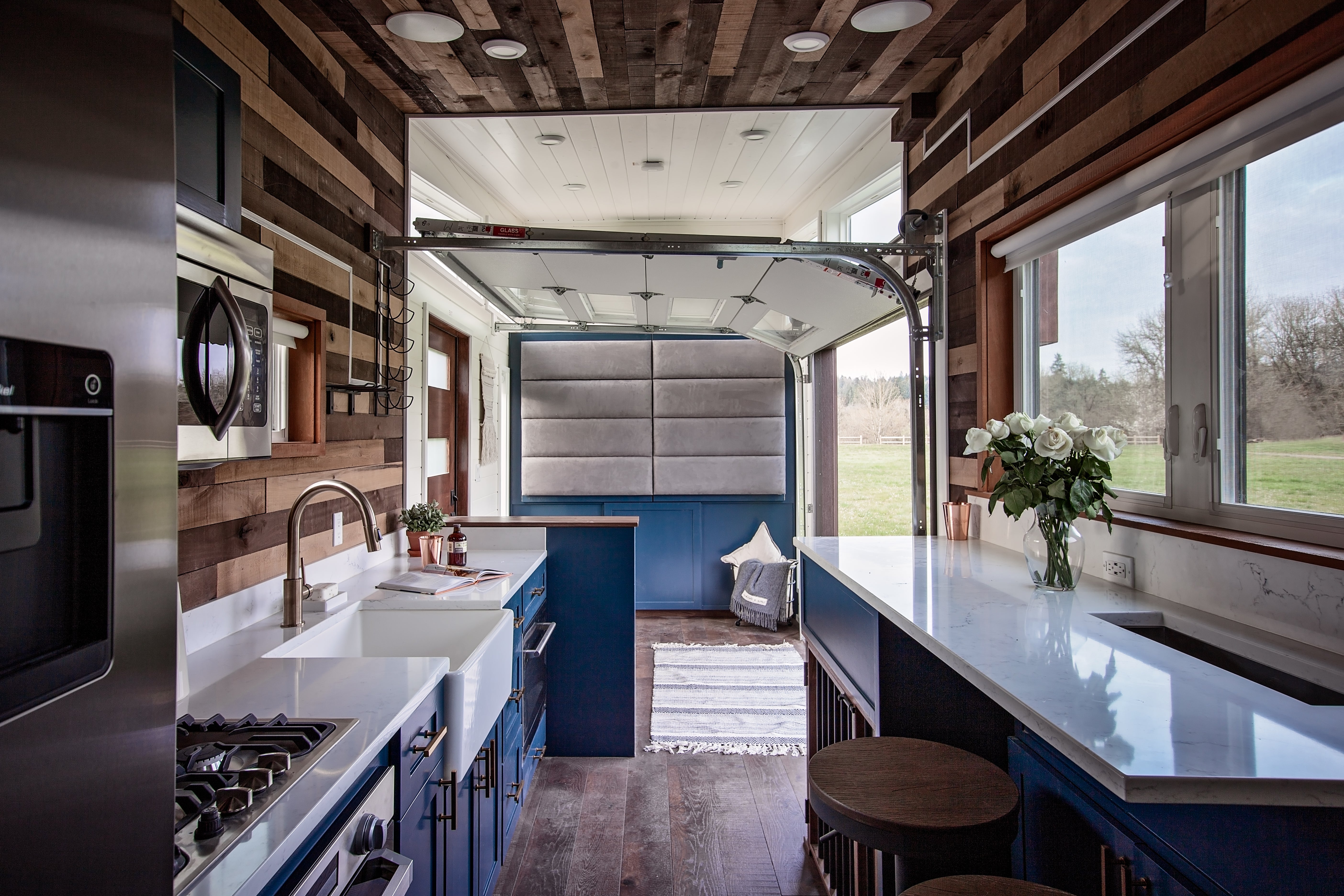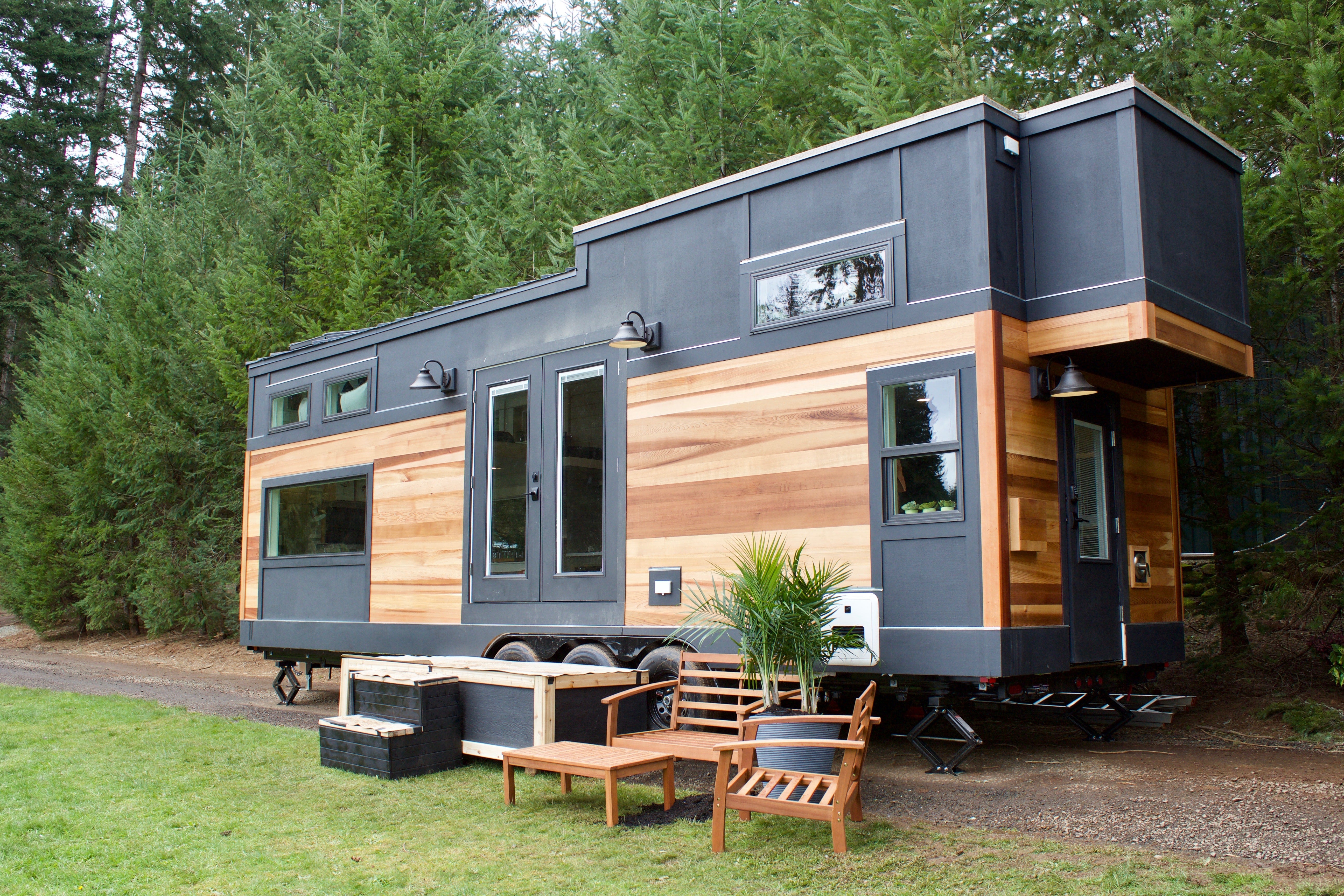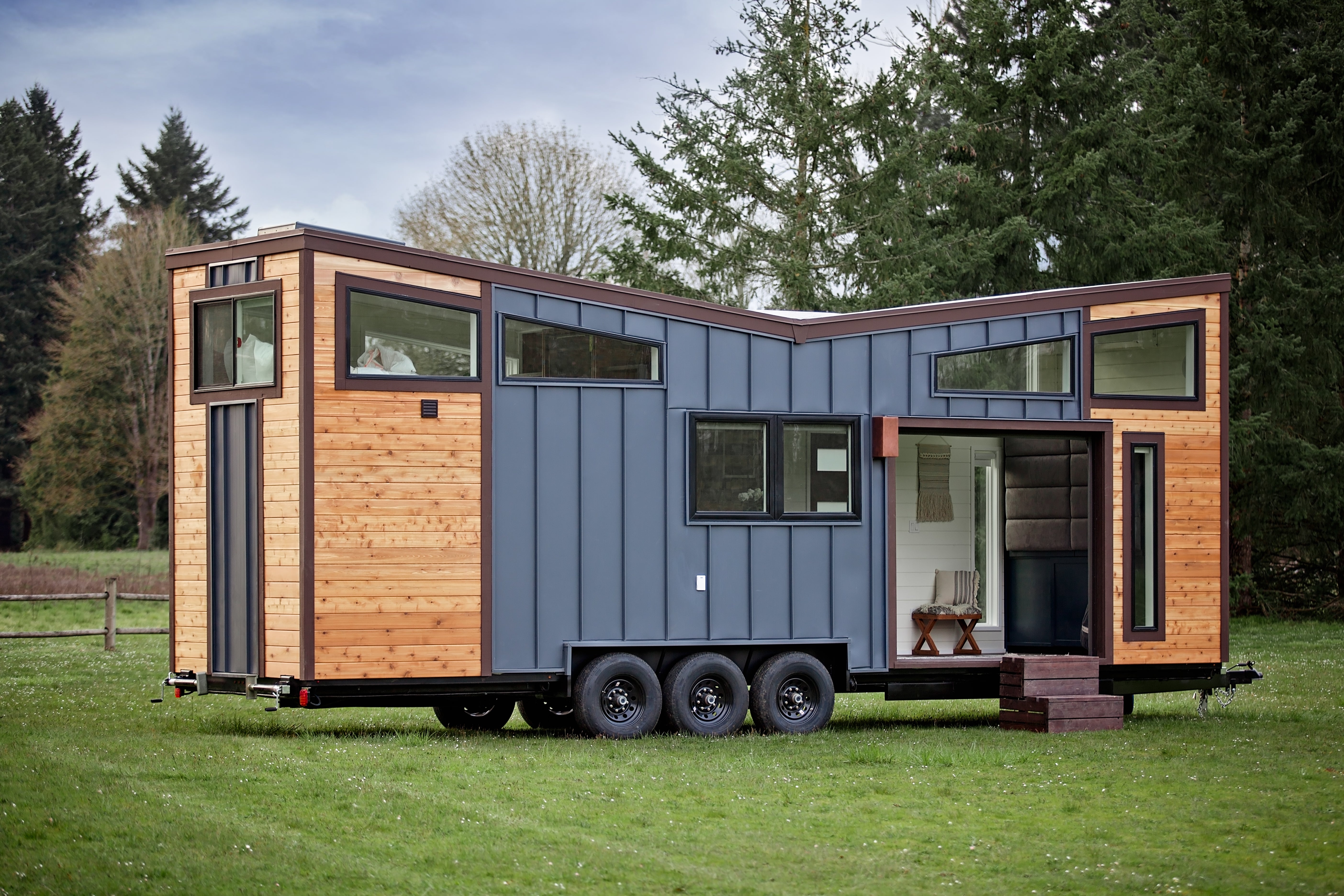Raising backyard chickens has grown in popularity across urban and rural settings alike. But for those who want to give their flock fresh ground to peck daily while avoiding the hassle of a fixed coop, mobile chicken coops—or “chicken tractors”—present a smart alternative. These mobile setups allow chickens to forage naturally and offer an adaptable solution for small-scale poultry keeping.
But are they truly worth the investment? Let’s take a clear-eyed look at the real costs, benefits, and practical considerations involved in going mobile with your chicken housing.
What Are Mobile Chicken Coops?
A mobile chicken coop is essentially a lightweight, movable shelter that gives chickens access to fresh grass while protecting them from predators and the elements. Unlike permanent coops, mobile versions can be moved daily or weekly depending on flock size and land availability. Most designs include a sheltered roosting area, nesting boxes, and open space enclosed by chicken wire.
These coops are commonly built on wheels or sled-style runners. They range from simple DIY A-frame models to sophisticated prefabricated versions with wheels and handles for easy transport. Their portability means less wear on any one section of your lawn and more opportunities for your chickens to naturally fertilize and aerate the soil.
Upfront Costs: What You Can Expect to Spend
The initial cost of a mobile chicken coop can vary widely depending on materials, size, and whether you build it yourself or purchase a ready-made structure.
-
DIY coops may run between $200 and $500, depending on the quality of materials used. Repurposing wood and hardware can bring that price even lower.
-
Store-bought models range from $400 for basic setups to over $1,500 for premium coops with built-in feeders, large wheels, and weather-resistant features.
Add to this the cost of feeders, waterers, bedding, and chickens themselves, and the startup investment can climb quickly. However, many poultry keepers consider this a one-time cost offset by long-term savings and functionality.

Ongoing Maintenance: Minimal but Necessary
Once built or purchased, mobile coops require relatively low maintenance. The ability to move the coop frequently prevents the accumulation of waste in a single area, reducing odor and minimizing cleaning duties. However, certain tasks are ongoing:
-
Check for wear and tear on wheels, mesh, and joints.
-
Rotate the coop regularly to ensure pasture health.
-
Refill feeders and water containers daily.
-
Keep an eye on ventilation and weather protection, especially during seasonal changes.
In comparison to stationary coops, many owners find mobile setups easier to manage thanks to their natural waste distribution.
Long-Term Benefits: Beyond the Obvious
While the upfront cost may seem steep, the long-term gains tell a different story. Here’s where mobile coops really begin to shine:
Healthier Chickens
Fresh ground means new bugs, grasses, and soil daily. This variety improves nutrition and reduces disease risk. Chickens are less likely to contract parasites or respiratory issues, common in overused, enclosed spaces.
Improved Soil Fertility
As the coop moves, your flock naturally fertilizes different areas of your yard. Over time, this leads to greener grass and richer soil without any additional effort.
Greater Flexibility
Whether you’re dealing with a shaded yard, seasonal flooding, or want to rotate chickens through different gardens, mobile coops give you the power to adapt. You’re not locked into a fixed location.
Reduced Feed Costs
Access to fresh forage can lower the amount of supplemental feed required, especially in warmer months. In some cases, backyard flock owners report savings of 10–20% on feed.
These benefits not only enhance the quality of life for your chickens, but also make the coop more sustainable and economical over time.

Getting Started with a Mobile Chicken Coop
If you live in a tiny house and a wide outdoor space, a mobile chicken coop is a natural fit for your lifestyle. Its compact, movable design means you can raise a small flock without needing to commit to permanent structures—perfect for flexible, off-grid, or minimalist living situations.
If you're ready to take the leap into poultry keeping, getting started with a mobile chicken coop can be one of the smartest choices for both beginners and seasoned homesteaders. The flexibility, combined with the ecological advantages, makes it a practical investment.
First, assess your land—how much space do you have, and what kind of terrain will the coop cover? Flat, grassy areas are ideal, though many coops can handle uneven terrain if they’re designed well.
Next, decide if you’re handy enough to build one from scratch or if purchasing a ready-made model suits your timeline better. There are dozens of trusted resources and plans available online, and many communities even have local builders offering custom mobile coops. One great place to explore chicken-keeping essentials is Backyard Chickens, a high-authority site packed with guides and expert advice.

Considerations Before You Commit
Before purchasing or building, think about the following:
-
Flock Size: Mobile coops are best for small to medium-sized flocks. Most comfortably house between 3–10 chickens.
-
Predator Protection: Lightweight doesn’t mean vulnerable. Ensure your coop includes secure latches, sturdy mesh, and a way to anchor it against wind or curious animals.
-
Climate: In colder regions, extra insulation and windbreaks may be necessary. Some mobile coop owners switch to a stationary coop during deep winter.
Also, mobility requires actual movement. If you’re not committed to rotating your coop regularly, the benefits will be limited. Schedule it into your weekly chores—it doesn’t take long, but consistency matters.
Tiny house owners will appreciate how easily a mobile coop can fit into small homestead setups. With minimal footprint and no need for a fixed location, it offers a way to enjoy fresh eggs and soil health without overwhelming limited outdoor space.
Conclusion: Practicality with a Payoff
Mobile chicken coops might not be the cheapest option upfront, but their versatility, low maintenance, and long-term benefits can outweigh the initial costs for many flock owners. With improved flock health, reduced feed bills, and regenerative soil impact, they offer both practical and environmental value.
For homeowners interested in sustainable living, gardening, or simply raising happy chickens, a mobile coop provides the flexibility to do it all—without planting permanent stakes in the ground.
Whether you're starting small or planning to expand, weighing the costs against the long-term rewards proves mobile chicken coops are more than just a trend. They’re a smart, scalable solution for the modern chicken keeper.
For those living in tiny homes, a mobile chicken coop is a seamless way to expand your sustainable lifestyle. It gives you the freedom to keep chickens without sacrificing space or flexibility—making it an ideal addition to any compact, intentional living setup.






Share: